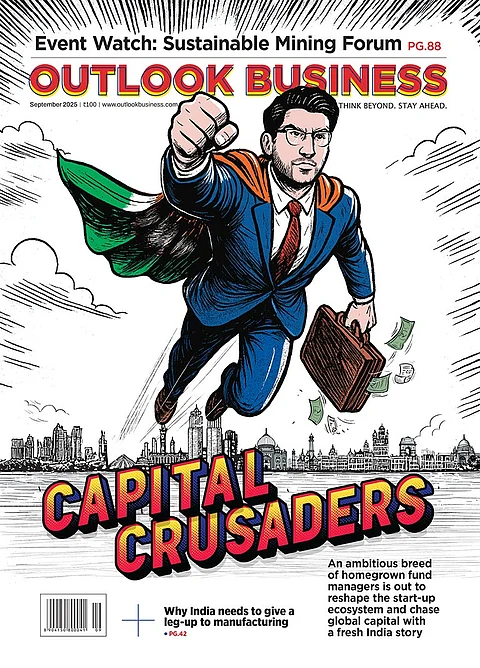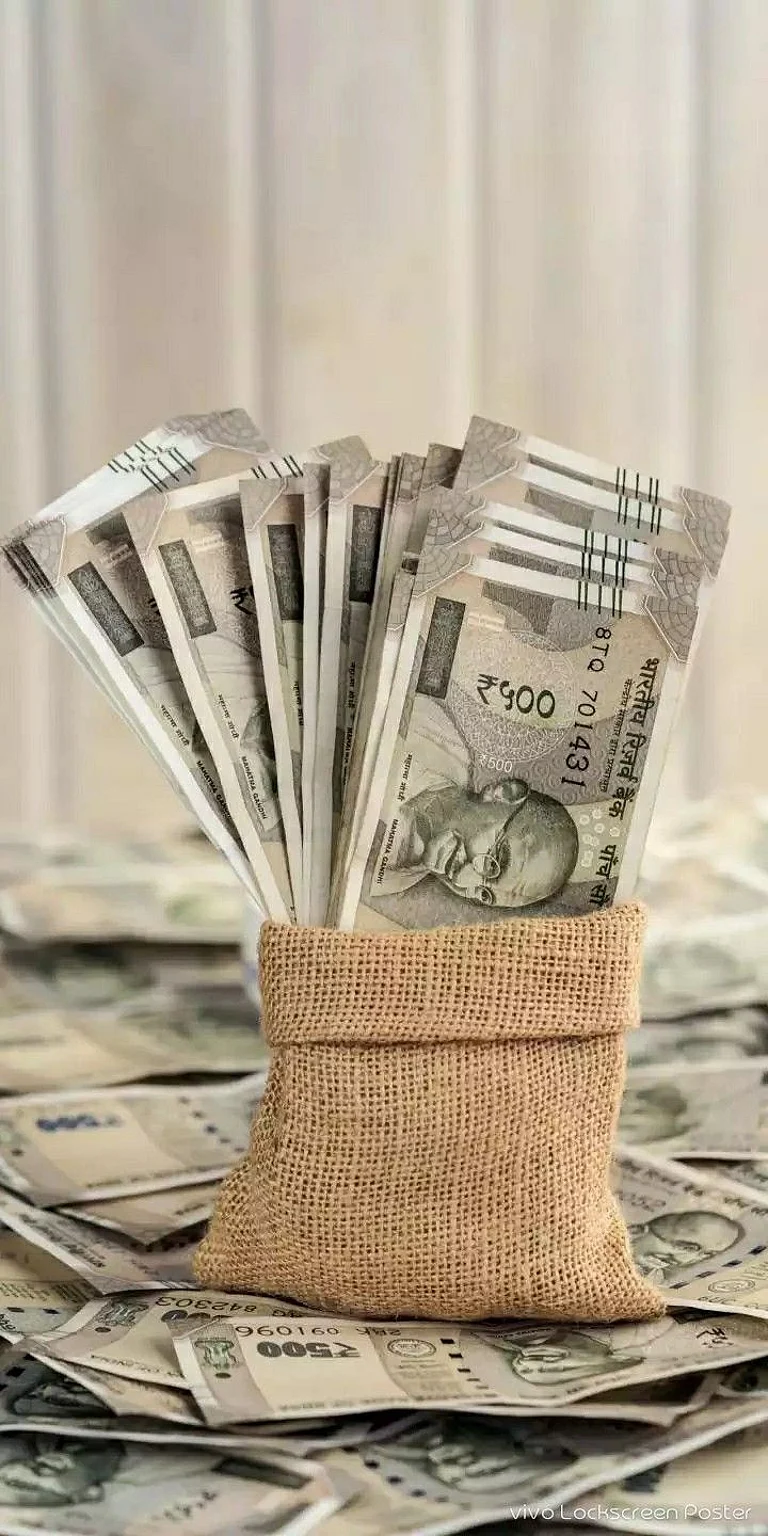Not just global economies, but crude oil has also been on a wild ride since the start of 2020. As OPEC’s de-facto leader Saudi Arabia and Russia bickered about who would do the heavy-lifting in production cuts, but did the opposite of that, Brent Crude continued its downward spiral. It has fallen almost 50% since its January 2 level of $65/barrel. In fact, it even hit its two-decade low of $16 on April 22. One would think a country like India should have been the biggest gainer from this drop. We source nearly 85% of our crude requirement. With the collapse in price, the government stands to save almost 50% ($50 billion) on its import bill, assuming the average price at $30/barrel. But that’s the good part of the story.
Now, for the bad — the gain comes in the midst of massive demand destruction in the economy, on account of the ill-conceived lockdown post COVID-19. The government collected only Rs.975 billion in GST in the truncated month of March, missing its target of Rs.1.15 trillion. With nearly no business activity in April and partial activity in May, it stands to lose an estimated Rs.2 trillion in revenue from GST collection. Therefore, it was no surprise when the government, instead of cutting fuel prices, increased the cess on May 5. It was raised by a record Rs.10/litre on petrol and Rs.13/litre on diesel. To put this in context, when the current government came to power in 2014, the tax on petrol was Rs.9.48/litre and Rs.3.56/litre on diesel. After the current hike, the duty on petrol has risen to Rs.32.98 and to Rs.31.83 on diesel. This hike alone is expected to fetch the government around Rs.1.4 trillion -1.6 trillion in revenue for FY21.
 While the cash-starved government is lining its own pockets, oil marketing companies (OMCs) are feeling the squeeze. Currently, the three state-owned OMCs — IOC, BPCL and HPCL — control 90% of the retail fuel outlets in the country. The OMCs also own refineries, so they enjoy what is known as gross refining margins (GRM). These margins are derived by deducting the cost of crude oil that the OMCs buy, from the total value of the refined products (petrol, diesel, liquefied petroleum gas or LPG, and furnace oil) that they produce. An OMC gets better margins when there is strong demand. But, we already know what has happened to demand. With a slowing economy, in FY19, profitability of OMCs was hit and their average GRM declined by a third from $7.9/barrel in FY18 to $5.3. A recent Elara Capital report estimated FY20 GRMs to plummet from $4.6/barrel, $5/barrel and $5.5/barrel to $1.2/barrel, $2.4/barrel and $0.3/barrel for BPCL, HPCL and IOC, respectively (See: Slippery slope). This is when the companies are already burdened with losses from forex fluctuation, since rupee has fallen from a median level of 72/$ last year to 76/$.
While the cash-starved government is lining its own pockets, oil marketing companies (OMCs) are feeling the squeeze. Currently, the three state-owned OMCs — IOC, BPCL and HPCL — control 90% of the retail fuel outlets in the country. The OMCs also own refineries, so they enjoy what is known as gross refining margins (GRM). These margins are derived by deducting the cost of crude oil that the OMCs buy, from the total value of the refined products (petrol, diesel, liquefied petroleum gas or LPG, and furnace oil) that they produce. An OMC gets better margins when there is strong demand. But, we already know what has happened to demand. With a slowing economy, in FY19, profitability of OMCs was hit and their average GRM declined by a third from $7.9/barrel in FY18 to $5.3. A recent Elara Capital report estimated FY20 GRMs to plummet from $4.6/barrel, $5/barrel and $5.5/barrel to $1.2/barrel, $2.4/barrel and $0.3/barrel for BPCL, HPCL and IOC, respectively (See: Slippery slope). This is when the companies are already burdened with losses from forex fluctuation, since rupee has fallen from a median level of 72/$ last year to 76/$.
GREASY TROUBLES
According to rating agency ICRA, while demand for auto fuels has reduced to just a third of pre-COVID-19 level, that for aviation turbine fuel (ATF) has dipped to just 5% of the earlier demand. As a result, domestic refineries are running at capacity utilisation of 40-50%. With slow demand recovery, this would improve to 60%, according to K Ravichandran, senior vice president and group head, corporate ratings, ICRA. But, to be profitable, that number has to be higher. “The refining business is energy intensive. So, unless they operate at minimum 90% production capacity, energy consumption would eat away most of its profit,” he says.
 What’s more, since the OMCs buy crude oil in advance, they have also incurred inventory losses in Q4FY20. ICICI Securities has estimated this loss to be Rs.331 billion. The report estimated inventory loss for each of these OMCs — Rs.57.4 billion for HPCL, Rs.81.5 billion for BPCL and Rs.192 billion for IOC, for Q4FY20.
What’s more, since the OMCs buy crude oil in advance, they have also incurred inventory losses in Q4FY20. ICICI Securities has estimated this loss to be Rs.331 billion. The report estimated inventory loss for each of these OMCs — Rs.57.4 billion for HPCL, Rs.81.5 billion for BPCL and Rs.192 billion for IOC, for Q4FY20.
Since IOC’s seven refineries are largely inland, including its Mathura, Panipat and Bongaigaon plants, its losses are pegged higher. That’s because, when refineries are located away from the coast, they have to stock more — while coastal ones would hold inventory for two weeks, the inland ones stock for four to six weeks. According to ICICI Securities, HPCL is slightly better placed as compared to its peers in terms of its inventory losses,because refining is less than 30% of its total business while marketing makes up for the rest. HPCL’s refining capacity is the lowest at 16 million tonne (MT) against IOC’s 72 MT and BPCL’s 25 MT. Further, Nitesh Ranjan, senior manager, Care Ratings, says that HPCL’s marketing-to-refining volume ratio is better at 2.25x; that is, for every one tonne of crude refined, it sold 2.25 tonne of petroleum products. This ratio for IOC and BPCL is 1.22x and 1.4x, respectively.
DEFLATED CUSHION
While on the refining front OMCs have taken a hit, the only silver lining was GRM and inventory losses to some degree being offset by higher marketing margins. The margins of OMCs had expanded to Rs.17-18/litre in recent times, as against Rs.3-4/litre earlier. Analysts estimate that for every dollar fall in crude price, the net marketing margins on petrol and diesel improve by 45 paise per litre.
But, the hike in cess ate into that advantage. Following that, analysts at ICICI Securities expect the gross auto-fuel marketing margin to fall by 64%, and net marketing margin to decline by 84%. This is assuming a year-on-year volume fall of 62-32% due to the lockdown.
“With the Centre mopping the benefit of decline in crude oil price, the refiners would be straddled with higher losses in Q4FY20,” says Ravichandran. He estimates that for margins to improve to pre-COVID-19 level, we need to wait at least for four-six quarters. For this, the fall in demand has to shrink — from the current over 60% to 10-15%. ATF sales will take a while to improve, since people would avoid travelling except for important business. Petrol and diesel sales should improve but, to be restored to “normal levels”, it would take two quarters. “Other industrial products will be subdued but LPG won’t really get affected,” he says. Given that there has been a cut of Rs.160 per LPG cylinder in April, under-recovery wouldn’t be a major concern due to fall in global price.
VALUATION BLUES
In CY20, OMC stocks have witnessed significant correction in price. As of May 22, HPCL is down 32%, BPCL has fallen by 37% and IOC by 40%. The outlook, for now, seems bleak. Mayur Matani, assistant vice president and analyst, ICICI Securities, says, “The margins won’t decline any further from here on, but OMCs are definitely not a value buy right now because their tailwind is gone. Now, they are completely dependent on external factors including GRM, COVID timeline and demand getting back to normal.” He believes HPCL would be the worst hit as its revenue would be impacted with a decline in marketing margins.
 HPCL though finds favour with Gagan Dixit, lead analyst-oil & gas at Elara Capital. He considers OMCs undervalued and is especially bullish on HPCL. He says, “For HPCL, under normalised market conditions, two-third of the bottomline comes from its marketing operations. Similarly, for BPCL, refining and marketing operations are split equally; for IOC, one-third of business is from refining, one-third from marketing and the remaining one-third from petrochemicals and other businesses.
HPCL though finds favour with Gagan Dixit, lead analyst-oil & gas at Elara Capital. He considers OMCs undervalued and is especially bullish on HPCL. He says, “For HPCL, under normalised market conditions, two-third of the bottomline comes from its marketing operations. Similarly, for BPCL, refining and marketing operations are split equally; for IOC, one-third of business is from refining, one-third from marketing and the remaining one-third from petrochemicals and other businesses.
Against their 10-year average P/E of 7.4x, 7.8x and 9.9x, Elara values HPCL, BPCL and IOC at 5.7x, 18.6x and 9.3x, respectively. These estimated values, Dixit explains, has been arrived at after discounting the worst possible scenarios, by taking GRM at $0 per barrel and slightly increasing petrol and diesel margins factoring the demand growth once the lockdown is lifted. Besides, the three OMCs also offer strong dividend yield of more than 6%. Given that minority shareholders have no control on PSUs, not many are willing to bet for the long haul. With mismanagement and lack of accountability, OMCs are no longer a buy and hold. At best, they can be tactical plays.












 Just one email a week
Just one email a week